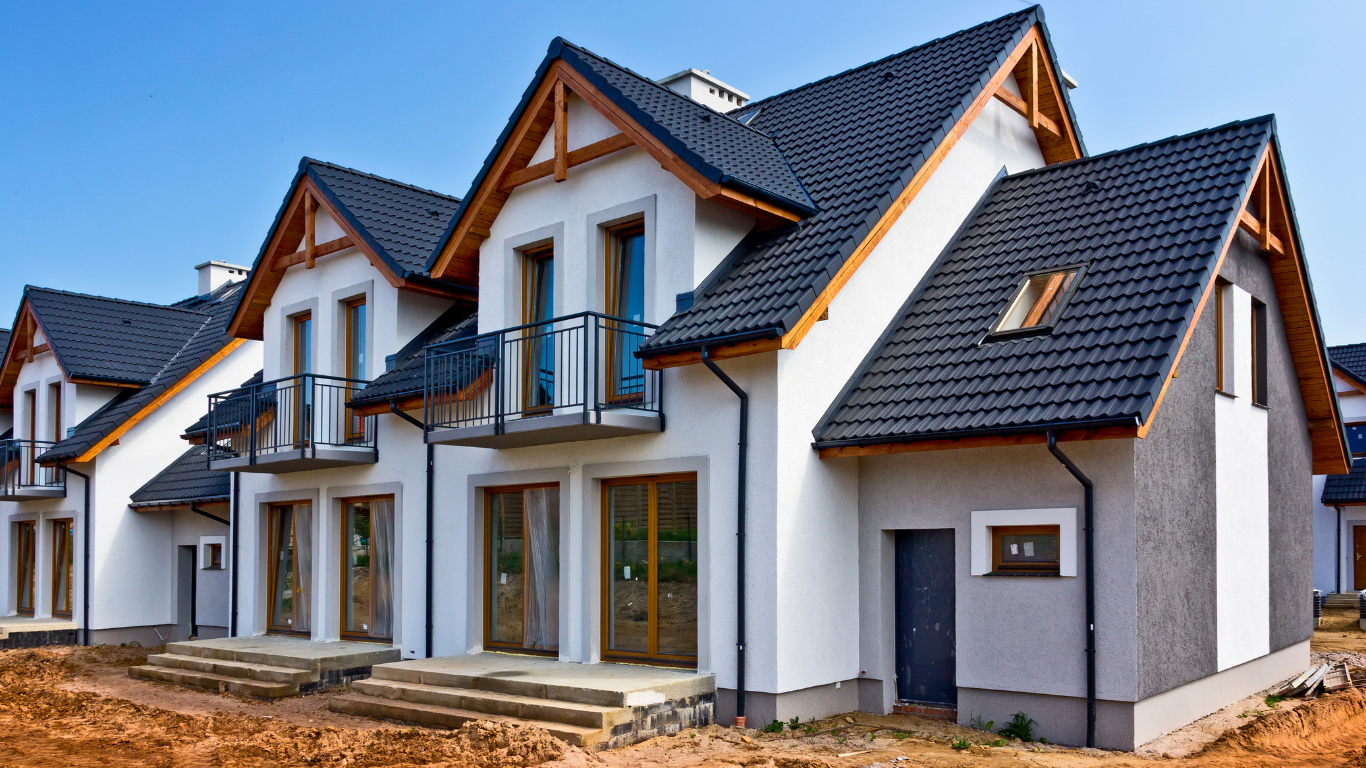Today’s homes are evolving beyond traditional boundaries, embracing new technologies and materials to create environmentally responsible spaces that are highly adaptive to our changing lifestyles. From the efficiency of modular and prefabricated structures to the resilience of disaster-proof designs, the future of home construction is unfolding before our eyes. Allow our San Diego general contractor to expand more on the ins and outs of the future of home construction.
12 Future Home Construction Trends To Know
This evolution brings a synergy of 3D printing technology, biophilic design elements, and smart home integrations, all converging to redefine what it means to build a home. Discover how these cutting-edge trends are not just shaping our homes but revolutionizing the concept of living spaces, promising a future where our homes are not only shelters but extensions of our values and visions.
- Modular and Prefabricated Homes: These modern housing solutions are revolutionizing home construction. Modular and prefabricated homes are not only time-efficient and cost-effective but also offer unparalleled flexibility in design. They represent a significant shift towards more sustainable building practices, reducing waste and environmental impact.
- 3D Printing in Construction: Explore the rise of 3D printing technology in the construction industry. This trend is revolutionizing how homes are built, offering faster construction times, reduced labor costs, and the ability to create complex, customized designs that would be difficult or impossible with traditional construction methods.
- Energy Efficiency: The new era of home construction strongly emphasizes energy efficiency. Innovations in insulation, solar technology, and intelligent energy management systems are making homes more sustainable, reducing the carbon footprint and reducing energy costs for homeowners.
- Disaster-Resilient Construction: With increasing climate uncertainties, constructing homes that can withstand natural disasters like hurricanes, floods, and earthquakes is becoming more important. Let’s discuss innovations in building materials and design strategies that enhance a home’s resilience against these events.
- Open and Flexible Floor Plans: Modern lifestyles demand functional and aesthetically pleasing spaces. Open and flexible floor plans offer homeowners the ability to adapt their living spaces to their changing needs, creating welcoming and versatile environments.
- Sustainable and Eco-Friendly Materials: Using eco-friendly materials in construction is more than a trend; it’s a necessity. From bamboo flooring to recycled steel, these materials minimize the environmental impact and add to the aesthetic and durability of homes.
- Biophilic Design Elements: Biophilic design incorporates natural elements into home construction to improve occupants’ connection to the natural environment. This style can include integrating plants, maximizing natural light, using organic materials, and mimicking natural forms and patterns in design.
- Smart Home Technology: Integrating smart technology in homes makes life more convenient and secure. Automated lighting, temperature control, and security systems are just the tip of the iceberg. Future homes will be more connected and responsive to our needs.
- Integrated Renewable Energy Sources: Integrating renewable energy sources like solar panels and wind turbines into residential construction helps reduce the carbon footprint of homes and ensures energy self-sufficiency.
- Health and Wellness Features: The focus on health and wellness in home construction leads to designs promoting a healthy lifestyle. Elements like natural lighting, ventilation, and toxin-free materials contribute to a living space that supports physical and mental well-being.
- Age-In-Place Features: As the population ages, there’s a growing demand for homes that can accommodate the needs of older adults. These designs include single-story designs, wider doorways, walk-in showers, and smart technologies that assist with everyday tasks.
- Green Roofs and Living Walls: These features are visually appealing and environmentally functional. Green roofs and living walls offer natural insulation, improve air quality, and enhance biodiversity, especially in urban settings.
The Homes of Tomorrow
The homes of tomorrow are being shaped by more than just bricks and mortar. They are crafted with an eye toward sustainability, resilience, and adaptability. These changes reflect a deeper understanding of our relationship with our environment and technology. Incorporating eco-friendly materials, energy-efficient designs, and health-promoting features is an example of the industry’s commitment to building houses and creating homes that nurture and sustain.
These innovations promise a more efficient and sustainable way of living and a new standard for what it means to call a house a home. As we look ahead, it is evident that future homes will be more than just structures. They will be dynamic spaces that evolve with us, enhancing our quality of life and safeguarding our planet for future generations.
At Jeff Seals Remodeling, we shape a sustainable, efficient, and comfortable future for your home or home addition. With our expertise in modern construction trends and a deep commitment to innovation and sustainability, we can bring these concepts to life in your house. Reach out today to start your journey towards a smarter, greener, and more innovative living space. At Jeff Seals Remodeling, we don’t just build homes; we craft future-ready living spaces that resonate with your lifestyle and values.

